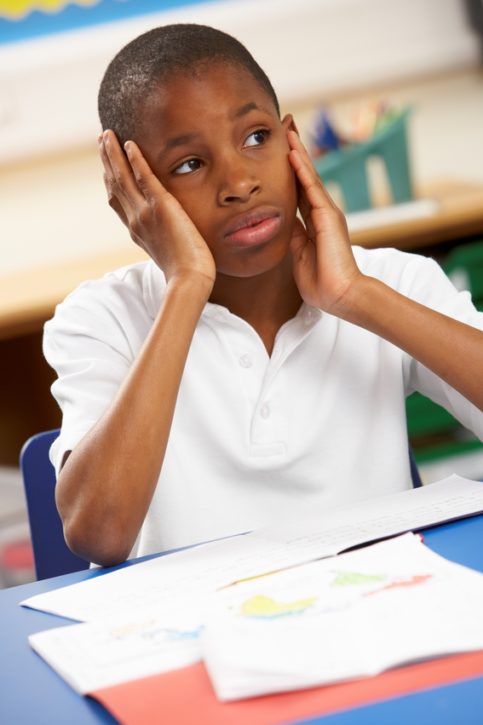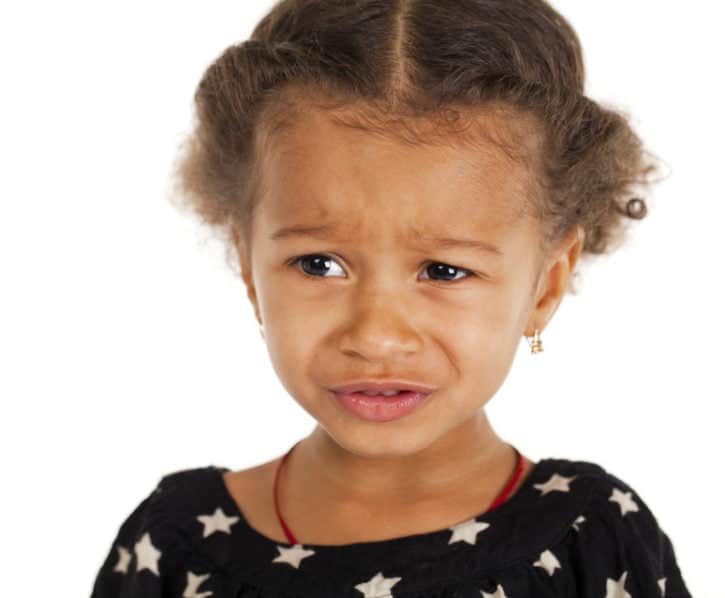Dr Shona Minson was recently kind enough to upload a number of papers summarising findings from her new book ‘Who Cares? Analysing the place of children in maternal sentencing decisions in England and Wales’ Minson, S. (2017) DPhil, University of Oxford. This post is my summary of the first of these. You can keep up with Shona’s research via her Twitter account: @shonaminson.
The impact of maternal imprisonment upon a child’s wellbeing and their relationship with their mother
Minson argues that all the harms suffered by a child whose parent is being punished through imprisonment have their origin in prison culture and stigmatisation relating to the parent’s imprisonment, and consequently these harms are different to those suffered due to parent and child separation experienced for any other reason, for example marital breakdown or bereavement.
She claims that the harms raise particular concerns and have ‘corrosive’ damaging impacts on children because their origin is in punishment within the criminal justice system. She says that harms which children of imprisoned mothers experience:
come from two different social acts and attach to children in two specific ways. Children experience the first group of harms because the prison’s reach extends into their lives through ‘secondary prisonisation’ and they attach to the children through the prison’s regulation of their relationship with their parent and the demands which the physical separation and limited contact place upon them. The second group of harms is attributable to the stigmatisation of children and their carers by society due to the mother’s imprisonment.
Minson argues that labelling theory does not just apply to offenders, but also to children of prisoners and to those who care for them during the parents’ imprisonment and that this stigmatisation leads not only to isolation, but also to discrimination against that group of children.
The research
Minson’s study investigated the lived experiences of children whose mother was at the time of interview in prison. Members of 27 family groupings were interviewed, including 14 children and 22 adults who were taking care of children during their mothers’ imprisonment. The children were aged between 7 and 17 and all but one were living with family members.

Context
When a mother goes to prison only 5% of children remain in the family home and only 9% of children are cared for by their fathers. 13-19% of women in prison have children and it is estimated that maternal imprisonment in England and Wales affects 17,000 children each year.
Impact on children’s wellbeing
Minson categorises a number of different impacts which she illustrates powerfully by way of quotes from children and family members she interviewed:
Change of caregiver and home – this may include multiple placements
It’s cramped. What was my bedroom I’ve now got two lots of bunk beds and four boys sleep in there. The middle room is my daughter’s room and the baby sleeps in there and I sleep on the settee in the front room and the front room it’s a new apartment, the kitchen’s in the front room so you ain’t got a separate kitchen. (Ana Jones, grandmother caring for 5 grandsons)
Changes to education
They were in a different school when they first moved with us [November], but then because we are too far away they couldn’t go. I think it was about the end of January, the middle end of January time that they started. (Nina Jones, aunt caring for five nephews)
Confusion and negative changes in family roles and relationships
I think she, from her perspective she thinks I’m her mother and her mother is just called mumma, and I’m not quit sure at what stage to explain things to her, and to what extent to explain things to her… So at the moment when I pick her up in the evenings she runs to me and says, ‘Mama Mama’ like the other children do.(Angela Barrett, grandmother of 3 year old girl)
Some are not wanted by the family members they move in with and experience mistreatment and resentment.
He was in another family as well, but they didn’t show him love, because when the mum goes to prison, it depends who they give the kid to look after, it damages them. (Dee Hayes, grandmother caring for a 2 ½ year old child)
Stigma
I wish I hadn’t told Sara because she always uses it against me… whenever we’re in an argument she brings it up because she knows it’s like a hard subject (Daisy, 11)
Confounding grief
The next two sections are taken directly from Dr Minson’s work:
“The overarching emotion these children experienced is grief; they miss their mother. They are sad that they cannot see her or talk to her, but many other emotions and behaviours also become part of their experience. I have used the word ‘confounding’ to describe these because … all their expectations are changed, their life plans alter, and their life course is upturned and confused as a consequence of their mother’s imprisonment.
It is also ‘confounding’ in the sense that it is not properly understood by society. Stigmatisation means that their grief is hidden and unacknowledged due to an underlying, unspoken idea that if a mother is imprisoned she deserves to be there and these children are therefore not entitled to the grief they feel.”

Impact on the mother-child relationship
“According to a study conducted in 2002, only half of the mothers who lived with or were in contact with their children prior to imprisonment received a visit whilst in prison. 1 in 5 women are held more than 100 miles away from home.
As children are separated physically from their mothers the relationship must then exist within the boundaries placed upon it by imprisonment. Children are used to choice and immediacy in their communications with their mothers, and when that is removed as a consequence of imprisonment children find it very difficult. A number of children emphasised that although people, most often teachers, equate their situation with that of children of divorced or separated parents, it is not at all similar as they cannot see or talk to their mothers whenever they need to. Imprisonment forces communication into short periods of time, at a frequency and duration determined by the institution, and as children grow older there is a decreasing likelihood that those pre-set times for communication will coincide with the time that they either need or want to talk to their mother.”
Children don’t get to see their mothers often enough, and when they do both the visit itself and the leaving are often traumatic:
I don’t like leaving. I’m just upset. (Miriam, 15).
It’s quite traumatic when you drive them away crying and want to stay and they don’t understand. (Barbara, grandmother caring for two small children.
Conclusion
Although distressing to read, these first hand accounts of the impact of maternal imprisonment (like the work of Lucy Baldwin) are important reminders that we often neglect the extensive “collateral damage” inflicted on children.
Blog posts in the Criminal Justice category are kindly sponsored by Get the Data which provides Social Impact Analytics to enable organisations to demonstrate their impact on society. GtD has no editorial influence on the contents of this site.




2 Responses
Look at it from the side of the victim if a mother commits a crime she knows the consequences. The victim can be left without a parent. At least these children still have a mother who chose a life of crime over their children
Not just as simple as ‘choosing a life of crime’. Research actually shows that the most common crime is shoplifting and when looking deeper, they were shoplifting things for their kids so no, they didn’t chose crime over their kids, they chose crime as a last resort to support their kids.